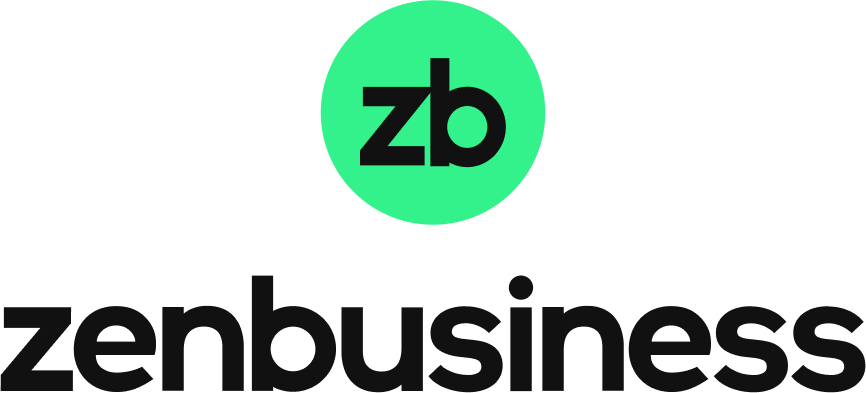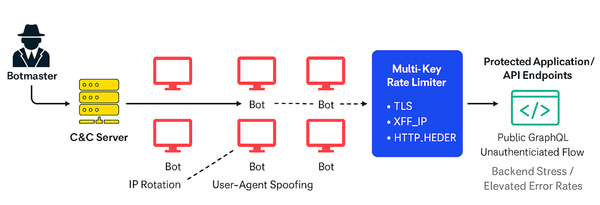Principles Before Product

Before a single screen was designed or a line of code was written, we knew this much: Velo™ couldn’t just be another AI bot. It had to go beyond what ChatGPT, Gemini, Claude or other agents could do.
We weren’t building a tool for the tech-savvy. We were building a trusted guide for everyday entrepreneurs: people juggling families, day jobs, side hustles, and self-doubt. People who don’t have time to figure out the perfect prompt and likely don’t even know the right questions to ask.
That’s why we started with five bold principles. These principles are grounded in the hard learned lessons of starting a new business – lessons we have learned hand-in-hand with more than 800,000 customers that have trusted us to be their ally and guide in this journey. Over the years, they’ve shared their excitement, fears, frustrations, successes and failures with us which have shaped these five principles. It's how we want Velo™ to show up in every interaction with our customers.
We spent a tremendous amount of effort getting them right. They became our internal compass: not slogans, but non-negotiables. They shaped every decision, every feature, every customer interaction.
What follows is a breakdown of each principle: what it means, why it matters, and how it shows up in the product you see today.
1. Structured for Velocity
Accelerates your business by using our proprietary research and data to simplify every step of your business journey.
Entrepreneurs don’t have time for buried menus, vague answers, or repeating themselves to get what they need. Velo™ had to know:
- when to present an answer in chat,
- when to surface a visual,
- when to offer prompt chips,
- and when to just hand it off to a human.
Time is our customer’s most precious resource. We don’t waste it. Every aspect of the UI/UX begins with this principle.
From a design and development perspective, this principle pushed us to strip away anything that didn’t serve speed or clarity. It meant eliminating filler words in Velo™’s speech, cutting redundant steps in the UI, and tightening the response pipeline to minimize latency. Every design review became a test of necessity – if something didn’t accelerate understanding or action, it didn’t make the cut.
The result was a cleaner, faster, and more intuitive experience that keeps entrepreneurs moving, not waiting.
2. Hyper-Personalized
Dedicated to your unique goals, pace, and style. It feels like it’s made just for you—because it is.
From industry-specific advice to local requirements to company details, Velo™ adapts to you—not to “most users.” It hides irrelevant steps. It reflects your tone. It shows your next move, not someone else’s.
Generic guidance makes users do the work to fit it to their situation.
A true assistant adapts to the leader—not the other way around.
Building for true personalization meant going far beyond greeting users by name. It forced us to teach Velo™ how to truly understand a business (its industry, stage, location, and goals) so that every answer reflected real context, not canned advice. One of the toughest tests of this principle came with business licenses. We could’ve launched fast with a broad checklist that “worked for most users,” but that wasn’t good enough. Instead, we spent a lot of effort wiring in data, refining logic to match each entity type and industry nuance, and designing flows that automatically hide irrelevant steps. It slowed us down, but it made the product smarter. That decision set the tone: Velo™ wouldn’t just personalize—it would hyper-personalize, showing users that it genuinely knows their business, not just their name.
3. Done for You, Not Dictated to You
Takes work off your plate (like compliance, business licenses, or building a website) so you do more of what you love.
This principle influenced several architectural decisions. Velo™ couldn’t just be another chatbot. It had to act. It had to do.
That meant building for more than conversations. It meant leveraging current APIs, supporting agentic workflows, and preparing to plug into MCPs and A2A tools as they evolve.
Velo’s value is in removing friction, not offering instructions.
From day one, “Done for You” meant designing for the future, not just today’s capabilities. We knew that agent-to-agent (A2A) architectures and Model Context Protocols (MCPs) would eventually make it possible for systems like Velo™ to act across platforms on a user’s behalf. So we built that foundation early, even when it slowed us down. Every service, every API, every workflow was designed with the expectation that one day Velo™ wouldn’t just talk to humans. Velo™ would talk to other agents, tools, and systems to get real work done.
At the same time, we embedded instrumentation to capture intent signals (the moments where users expected Velo™ to act but it couldn’t yet). Those data points became our fastest feedback loop, helping us spot gaps in functionality and prioritize what to build next. It wasn’t just about automation; it was about listening to what the customer’s behavior was already telling us they needed Velo™ to do.
4. Always One Step Ahead
Velo doesn’t wait—it proactively nudges you with the right next step so you stay focused, on track, and never caught off guard.
In-chat nudges are the most basic features for this. The real challenge, and real value, is when users aren’t in the product at all. When they are in the field, running their business, meeting customers, not thinking about compliance and the back office.
Velo must reach them where they are, when it matters (via push, SMS, or email) and on their timetable, not ours. Once they engage, it needs to guide them through the task completely—without requiring them to start from scratch.
Staying one step ahead meant building intelligence that could see around corners. We didn’t want Velo™ to just answer questions; we wanted it to anticipate them. To achieve that, we built background agents that monitor every conversation in real time, mapping context, intent, and behavioral patterns to predict what a user is likely to need next. That foresight powers the prompt chips and action cards you see in chat, which feel intuitive because they are statistically the most relevant options at that moment.
The concept of pairing active agents, which respond to direct user input, with background agents, which learn and adapt continuously, is not something most chatbots do. It required time, testing, and careful evaluation to get right, and it added real cost to our infrastructure. But the payoff was significant. It allowed us to use the same AI technology to both serve the customer and improve the experience in real time.
This approach to staying one step ahead reinforces everything that came before it: the speed of Structured for Velocity, the focus of Hyper-Personalized, and the initiative of Done for You. Together, they make Velo™ feel less like a tool waiting for instructions and more like a partner already moving in sync with you.
5. Expertise You Can Trust
Grounded in decades of expertise and delivered by our award-winning support team. When human support is needed, it seamlessly connects you to an expert or trusted partner.
We can’t overstate this: we didn’t set out to build an AI tool. We set out to build a business guide that happens to use AI.
Trust isn’t optional.
Knowing when to bring in our customer success guides (our team of human experts) is critical in that process. Designing for trust meant treating every response as a reflection of our expertise, not just our technology.
On the AI side, we built systems to evaluate each prompt continuously, measuring not only accuracy but confidence, tone, and clarity. When Velo™’s certainty drops below a threshold, it doesn’t bluff. Our customer success team is invoked to assist them in person. Achieving that balance requires a dedication to the art of prompt tuning, real-world testing, and collaboration between our AI and support teams.
At the same time, we needed to ensure that each member of the customer success team had the same information available as Velo™. AI is great at disseminating large amounts of data quickly, but we as humans need some time (and that would mean the customer having to wait, which invalidates our principles). So each tool called, word said, and idea shared needed to be available to both AI and humans alike. This also adds overhead to each design and engineering task, but is necessary to not violate that trust and expertise.
Conclusion: The Principles Are the Product
The most important thing to remember: we didn’t build Velo™ and then define the principles. We built Velo™ because of them.
Every feature we’ve shipped, every flow we’ve improved, and every customer interaction we’ve reimagined has been shaped by these five principles. They’re not a checklist. They’re the guardrails. The blueprint. The reason Velo™ isn’t just another AI feature slapped onto a dashboard.
As we continue expanding Velo™, our job is to keep coming back to these principles. Not just the product team, but everyone at ZenBusiness.
If we stay aligned here, we’ll build something that actually changes the game for entrepreneurs.
And that’s the whole point.
We’re building ZenBusiness Velo™ in the open. We hope you’ll join us.




